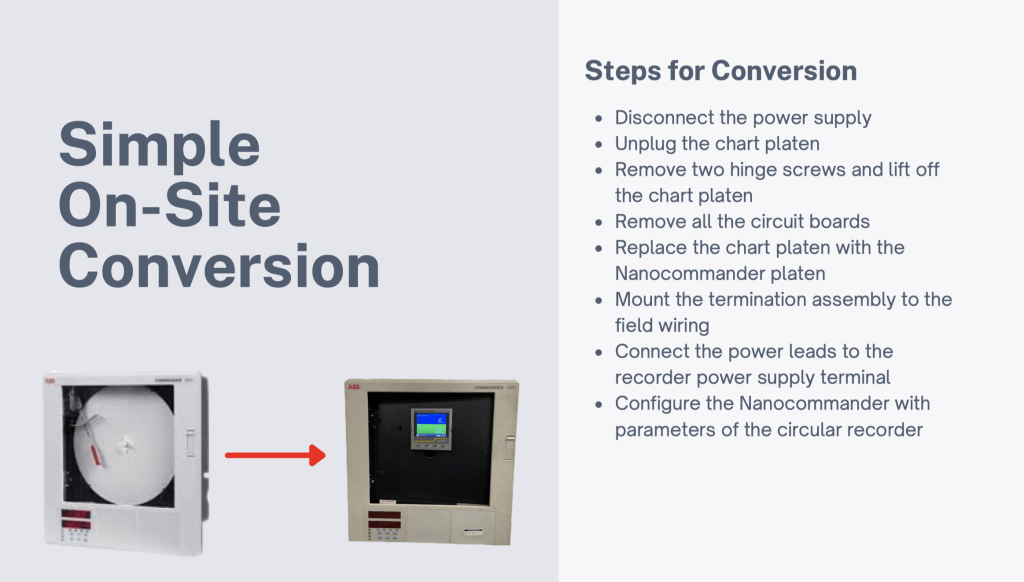Draeger Polytron 2000 Toxic Gas Detection
March 11, 2022 | Product NewsRobust, precise, safe – the Draeger Polytron 2000 is a stationary gas detector for measuring standard gases (O2, H2S, NH3, Cl2, CO). With the new, pre-calibrated DrägerSensor MEC and robust design, this gas transmitter is a reliable and economic solution for non-explosion proof areas.
Benefits
Robust, precise, safe
The globally proven Draeger sensor technology forms the core of the Polytron 2000. The miniaturised electrochemical sensor (MEC) stands out for its longevity and precision. The DraegerSensor MEC marks the introduction of a new design for electrochemical sensors into the stationary gas detectors made by Dräger, which are matched precisely to the basic applications of stationary gas transmitters.
The Polytron 2000 has protection class IP54 dust and water protection and a robust polyamide housing. But the internals of the device are also extremely robust. The transmitter electronics of the Polytron 2000 are designed for temperatures of – 40° to + 65 °C and are thus highly suitable for the most diverse operating conditions.
Simple and energy-saving
The modular concept of docking station and transmitter can be assembled in no time at all. The docking station can be pre-installed and cabled, thus saving time. Commissioning is carried out by simply inserting the transmitter in the docking station and locking it by means of a quick-release fastener. The low energy consumption of just 50 mW permits a simple 2-wire installation.
Immediately ready for use
The Polytron 2000 is pre-configured to the required gas and measuring range before use. The device is thus immediately ready for use and no longer has to be adjusted. This also applies to the Dräger MEC sensor. It is equipped with an internal datalogger and is pre-calibrated accordingly. The Polytron 2000 is thus operational immediately after a warm-up phase.
Easy diagnosis and maintenance
All measurement, warning and maintenance values as well as fault states are shown on the display and can simply be read off. Maintenance of the Polytron 2000 is quick and easy to carry out.

